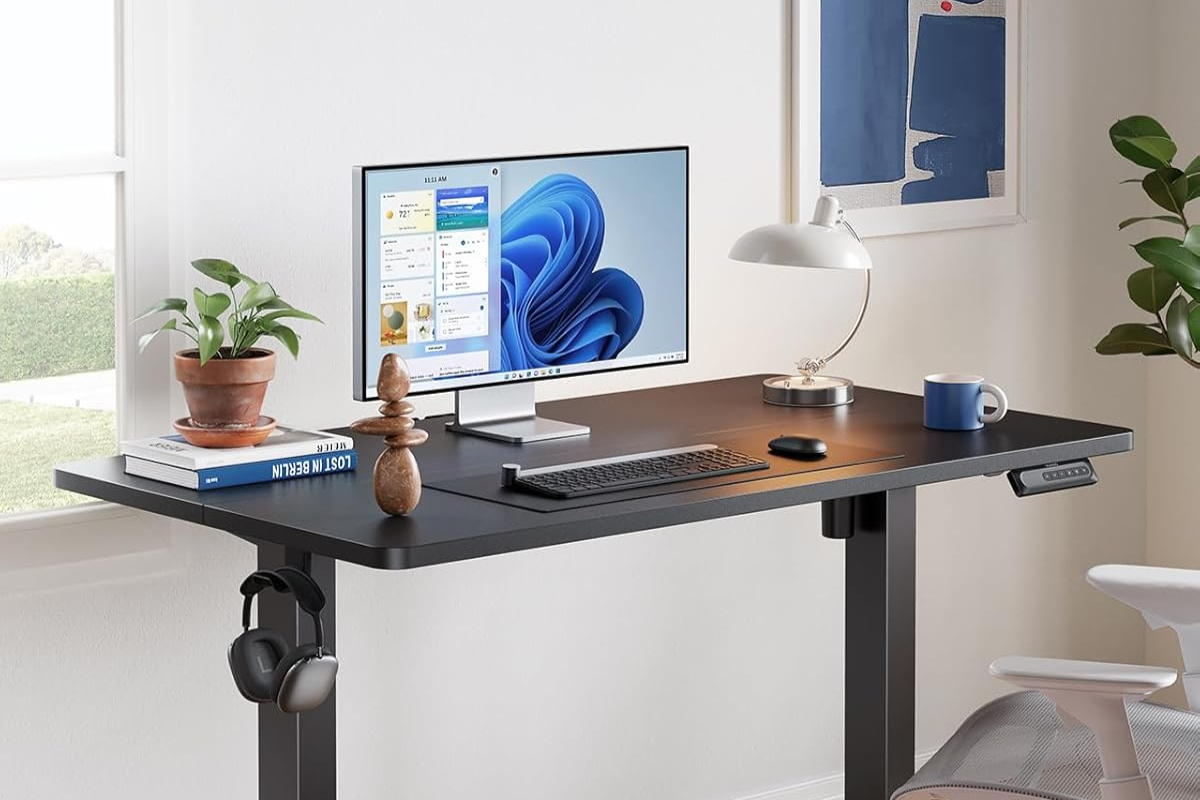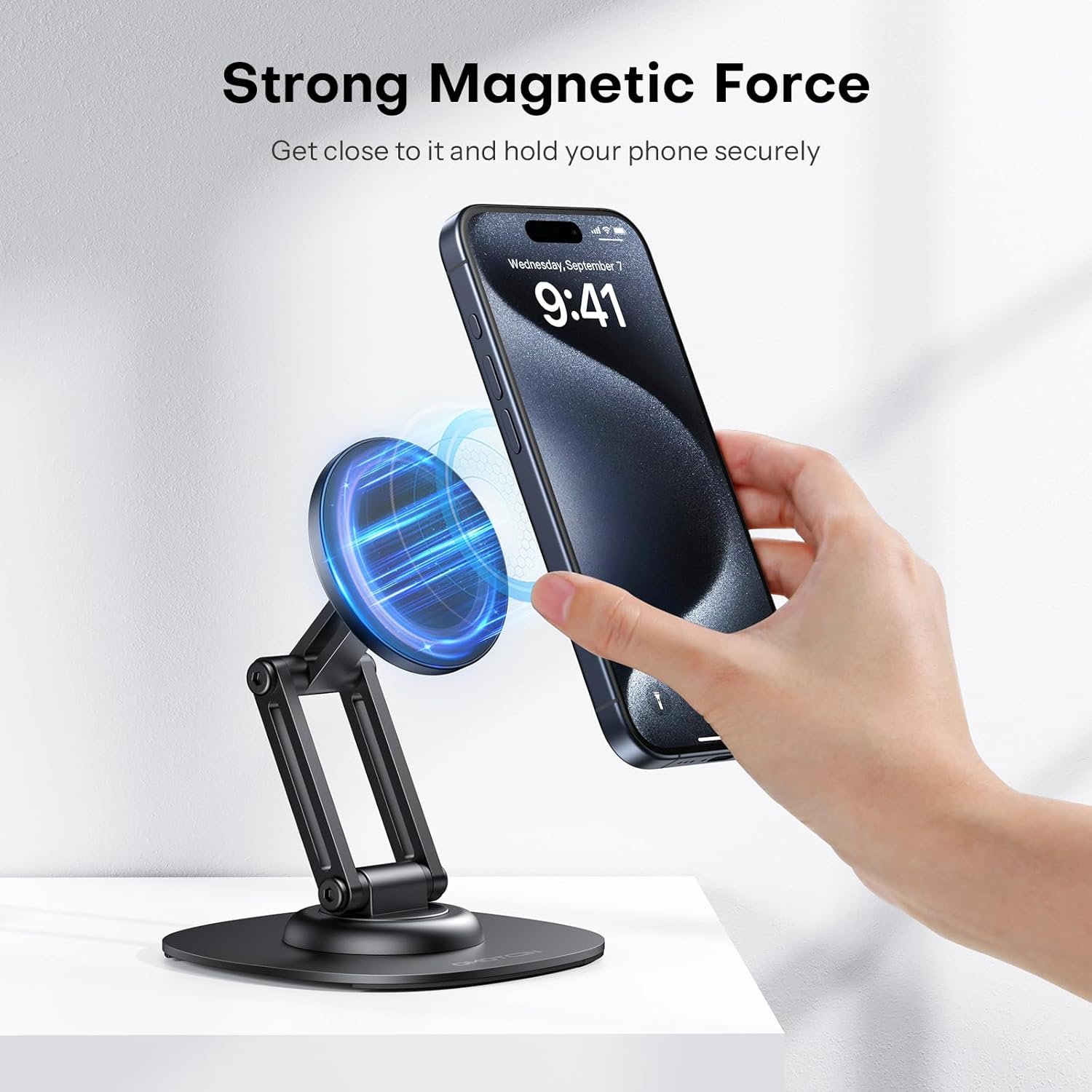Android 11 came out about three months ago, and that means that it’s time that Samsung finally gets together and starts shipping the operating system.
On its blog, Samsung announced the Galaxy S20, S20+, and S20 Ultra would begin to get Android 11 right now as long as you’re in “Korea, the US and most markets in Europe.”
A 3-month time delay on the latest Android release is in line with last year’s Samsung record-break for Android 10. Of course, Samsung’s line-up is not just the S20, and Note 20, Z Fold, and Z Flip is waiting for January on the official timeline of the company. The best-selling Samsung devices come from the “Galaxy A” midrange line, and those are updated everywhere between March and June, so everywhere from six to nine months after Android 11 release.
Google didn’t pack a lot of changes into Android 11 after the absolutely massive Android 10 release and one year full of COVID issues. The notification panel includes a new persistent media player, a history section, and bubble notifications support.
New one-time microphone, camera and location approvals, new emojis, more modular work, and easier automation are available. Of course, all of this is being paved on a Samsung phone with a personalized user interface – Samsung’s “One UI” – and the skin has updated with Android. Android Police has a great beta hands-on, showing that most of the Android 11 features are intact, as well as new slider user interfaces and some light touches.
As always, roll out can take weeks to reach your device, so don’t expect the update immediately, even if you have a Galaxy S20. It now reaches a small population, which is gaining momentum whilst Samsung waits to hear about any problems. Keep waiting if you haven’t had the update notification yet.
Android 11 compatible phones
These are the phones that are currently compatible with Android 11:
- Google Pixel 2 / 2 XL
- Google Pixel 3 / 3 XL
- Google Pixel 3a / 3a XL
- Google Pixel 4 / 4 XL
- Google Pixel 4a / 4a 5G
- Google Pixel 5
- Xiaomi Mi 10 / Mi 10 Pro
Android 11 features
Screen recording incorporated
Android 11 has some custom Android forks – built-in screen recording. That enables you to make a video of the screenshots of your screenshots using easy-to-access controls within the phone.
You can even record your phone’s sound or use the microphone to describe what you are doing, so this should be a great way to create short-form videos such as TikToks or to make tutorial videos to help fewer experienced relatives make the most of their smartphones.
New Conversation Tab
When you swipe down your notification bar from top to bottom in Android 10, well, Android 11 divides it up into two sections, consisting of your notices and the ‘conversations’ you have made.
These are chat notifications for chat apps such as WhatsApp, Facebook Messenger, and Twitter, so you know that you should be aware of them more than the other notices.
You can easily see if people need you, and you can also respond immediately. You can now also enter into ‘Bubbles’ conversations – you could have seen these for Messenger on Facebook, where a floating icon appears above other apps to show you a message.
Smart Homes and Media
The new update to Android 11 brings many changes to people who use lots of intelligent home devices.
You can control all IoT (Internet of Things) devices that you have connected to your phone and NFC bank cards from an easy-to-access menu (accessed by the power button by long pressing them).
There is a new bedtime mode in the telephone, which can be used during the night to enable you to turn on Do not disturb and to black-and-White the telephone screen to protect your eyesight.
New media controls are also available. Music from other connected devices such as Bluetooth speakers or other devices is now easier to play.
Moreover, Android Auto is now operating wirelessly on your car, preventing you from using wires and getting it to work.
Enhanced Accessibility
In Android 11, Google improved its Voice Access mode, although not too much information on what has changed.
The hands-free mode seems now to be ‘faster and easier to use’ – the bigger change is that the mode is now offline so you won’t have to be connected always to use it. Those modifications should hopefully make Android 11 much more accessible, allowing people with disabilities to remain connected.
The braille keyboard is a cool new mode for you to write braille notices without purchasing separate software.
Enhanced tools for prediction
Android 11 appears to reduce work, by forecasting your habits and patterns on your phone.
Smart folders are one such example so that Android 11 can automatically sort your apps into folders of similar apps like games or tools for productivity.
Privacy and security
The update to Android 11 introduces a few app permissions changes. Now, rather than the existing options of all the time’ and just while using the app,’ you can grant an App permit, say your camera or place, unilaterally.
Furthermore, if you have not used them for some time, your phone will automatically revoke app permissions, so an app will not track your location if you forget it has been downloaded.
Additional useful functions
There are a few new features like the better detection of 5G, so when you use 5G Android 11 apps, you can easily recognize it and run more quickly.
With regard to innovative software improvements, Android 11 will now find hinges on pliable phones, so that apps can better run when your pliable phone isn’t flat.
“Picture-in-picture” mode is a useful way to view videos while doing other things, and it now becomes easier to change the window size to make sure that you fit anything else that you do.
Similarly, a new “Nearby Share” mode allows you to easily send information and data to close equipment such as your tablet, Chromebook, or Chrome computer.









